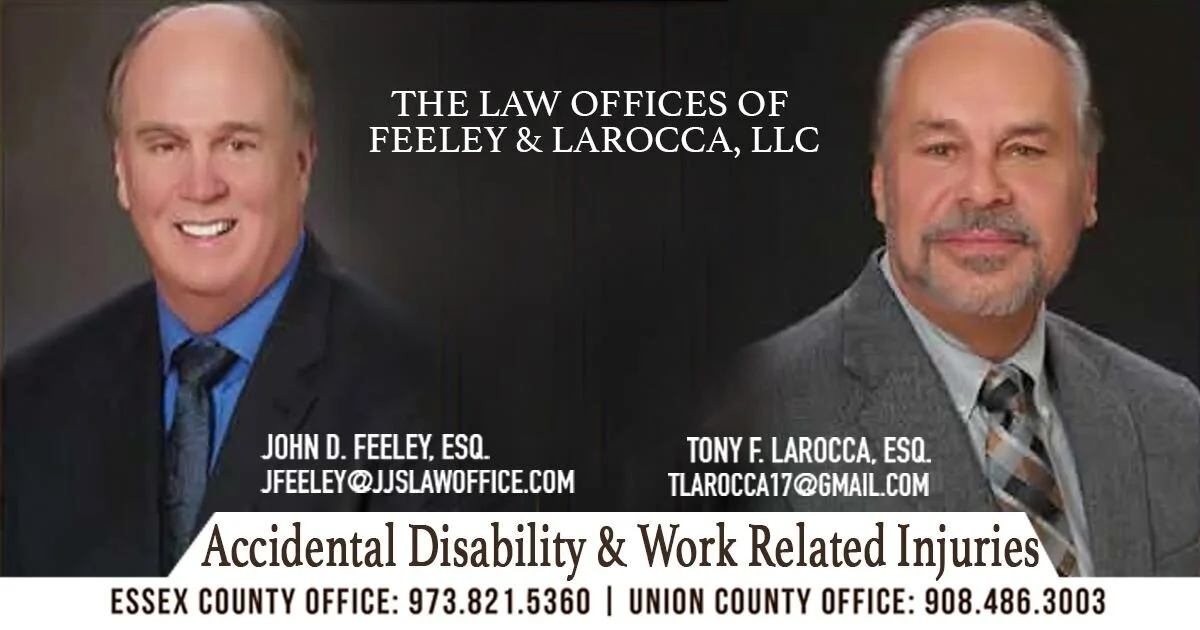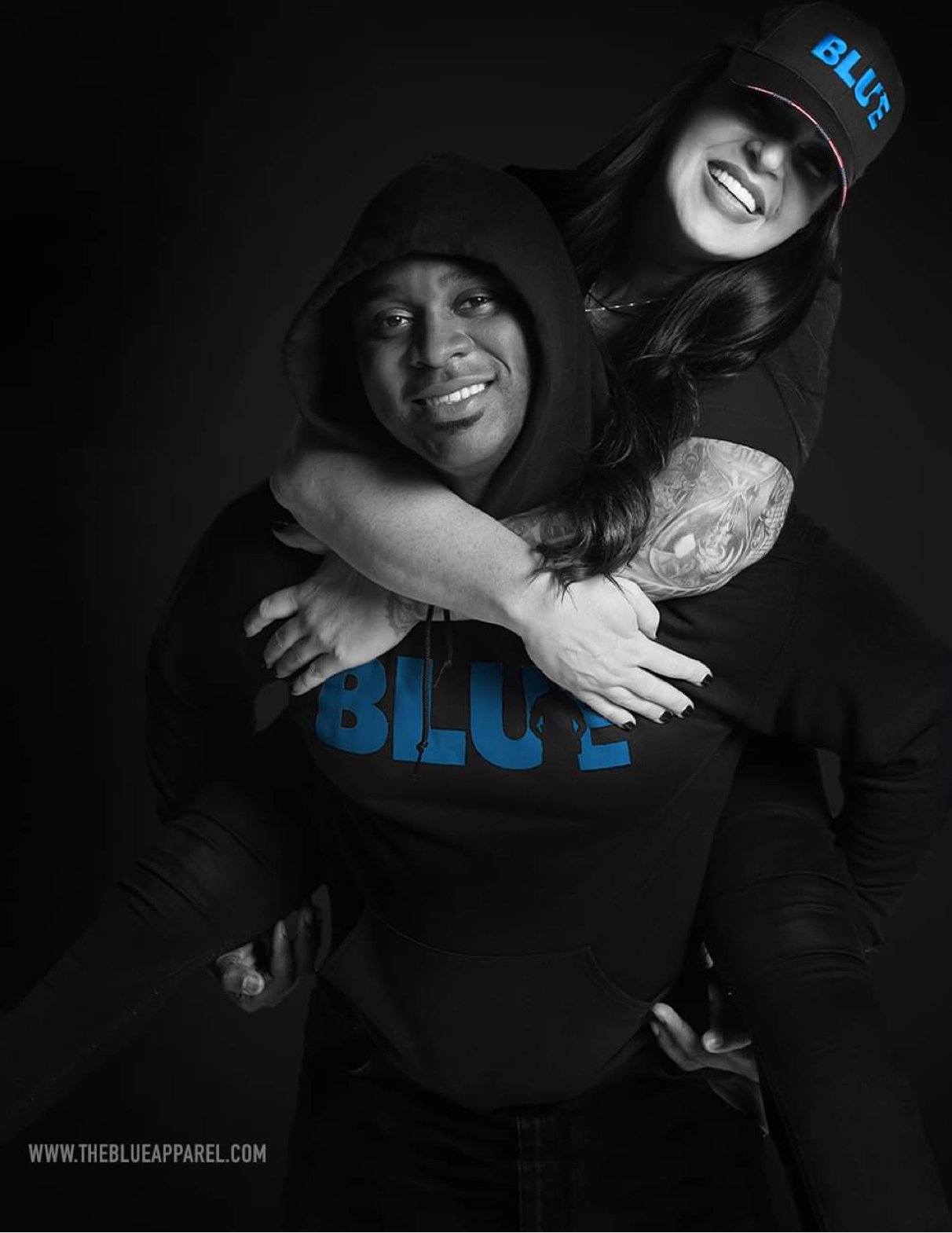Legal News
/Disability Pensions and Pre-existing Conditions
By Timothy Smith, Esq.
Suppose an officer is injured on the job due to a traumatic event not caused by the officer’s willful negligence and that officer becomes permanently and totally disabled from the performance of the officer’s regular or assigned duties as a consequence of that injury? Isn’t that officer clearly entitled to receive accidental disability retirement benefits? The answer is maybe. Even under these facts, one more hurdle has to be cleared in order for the injured officer to retire with such benefits. Specifically, that officer must demonstrate to the Pension Board that his or her disability was a direct result of the workplace injury, and not the result of a pre-existing disease alone or a pre-existing disease that was aggravated or accelerated by the work effort.
This additional hurdle is built into the pension statutes. N.J.S.A. 43:16A-7 states: any member may be retired on an accidental disability retirement allowance; provided . . . the member is permanently and totally disabled as a direct result of a traumatic event occurring during and as a result of the performance of his regular or assigned duties.
The New Jersey Supreme Court has stated that through the use of this language, the Legislature intended to remove from coverage any “disabilities that result from pre-existing disease alone or [from such diseases acting] in combination with work effort.” The Court reasoned that the Legislature only wanted to permit coverage “for the kinds of unexpected injurious events that have long been called “‘accidents.’” The Court further explained that an injury that resulted from a member’s pre-existing condition, even if combined with an injury caused by a work effort, was not an injury caused by an external force, and thus was not, in the language of the statute just quoted, a traumatic injury.
This language seems very strict. But it is not true that the mere existence of any pre-existing condition will automatically disqualify an officer from receiving an accidental disability pension in all cases, no matter what the underlying facts might be. Rather, where the work effort contributed to the permanent and total disability along with the pre-existing disability, the question the Pension Board must answer is this: Was the work effort that helped to give rise to the disability “the essential significant or the substantial contributing cause of the resultant disability?” If the answer is yes, then the officer will receive an accidental disability pension. If no, the officer will receive only an ordinary disability pension.
For example, in one court case where an officer had the underlying condition of osteoarthritis which was aggravated or ignited by a workplace trauma, the resulting disability was considered “ordinary,” not “accidental.”
On the other hand, there are court cases where applications for accidental disability pensions were granted for persons with pre-existing conditions. In those cases, those applicants could show that prior to their workplace injuries, they were asymptomatic. That is, those applicants were able to show that while they had pre-existing conditions, prior to their workplace injures they had not had any health issues. There had been no restrictions of their daily lives or their work lives prior to the work accidents that led them to seek accidental disability pensions.
Of course, every case will turn on its individual facts. Often, the matter will be decided by a so-called “battle of the experts.” The Pension Board has the difficult job of identifying officers truly deserving of such pensions while protecting the fiscal integrity of the pension funds. To safeguard that integrity, the Board must grant enhanced benefits only to those applicants who truly fit the statutorily mandated qualifications.





















































